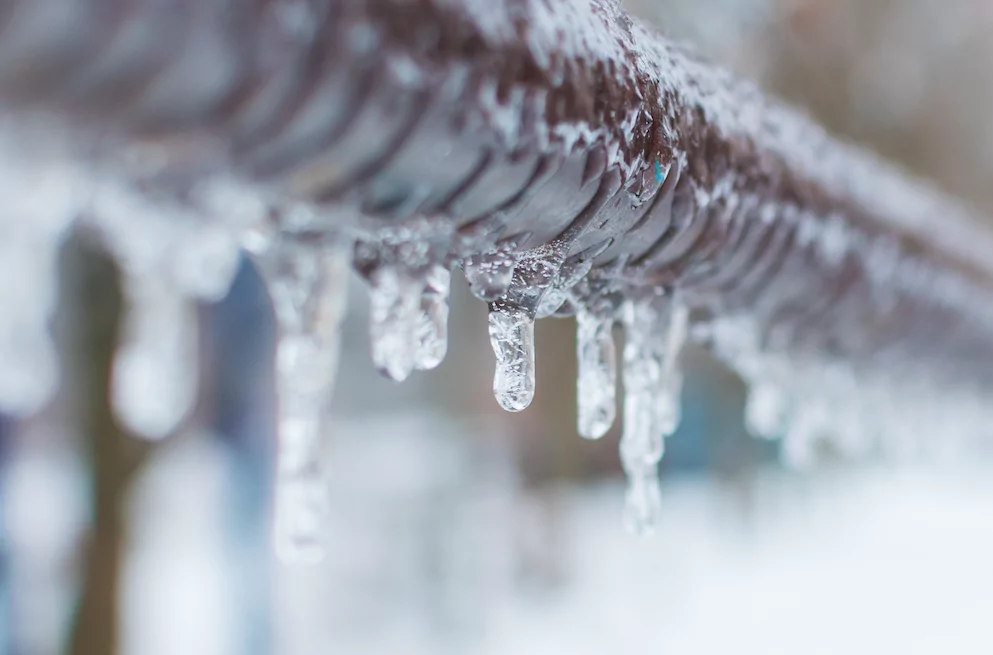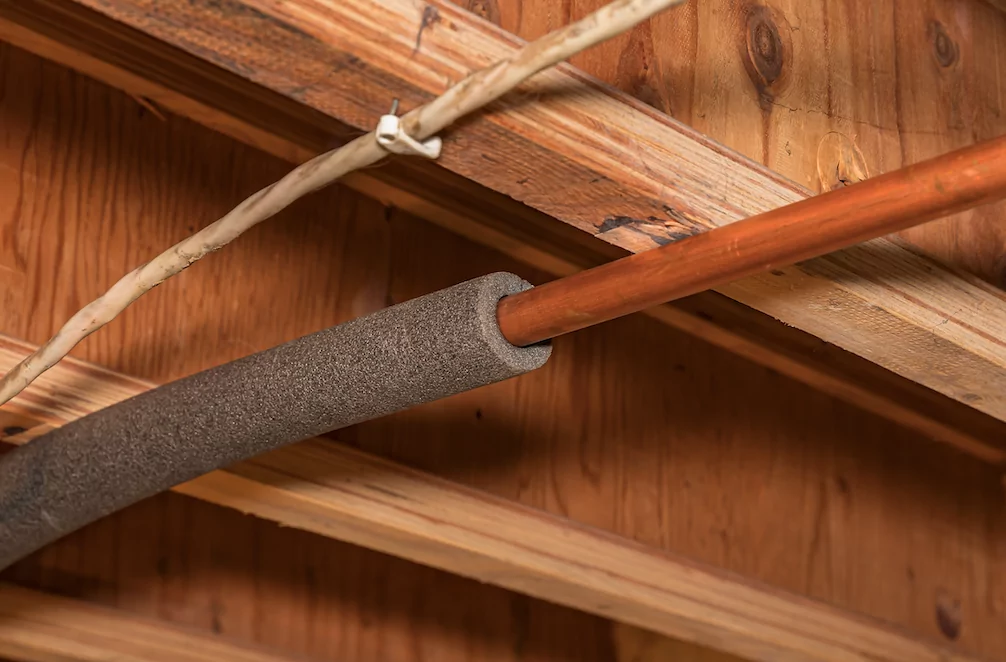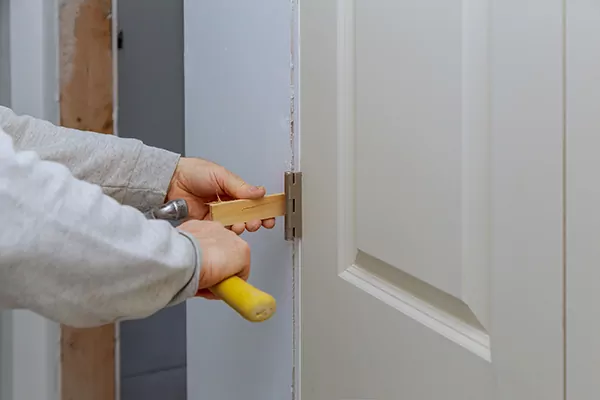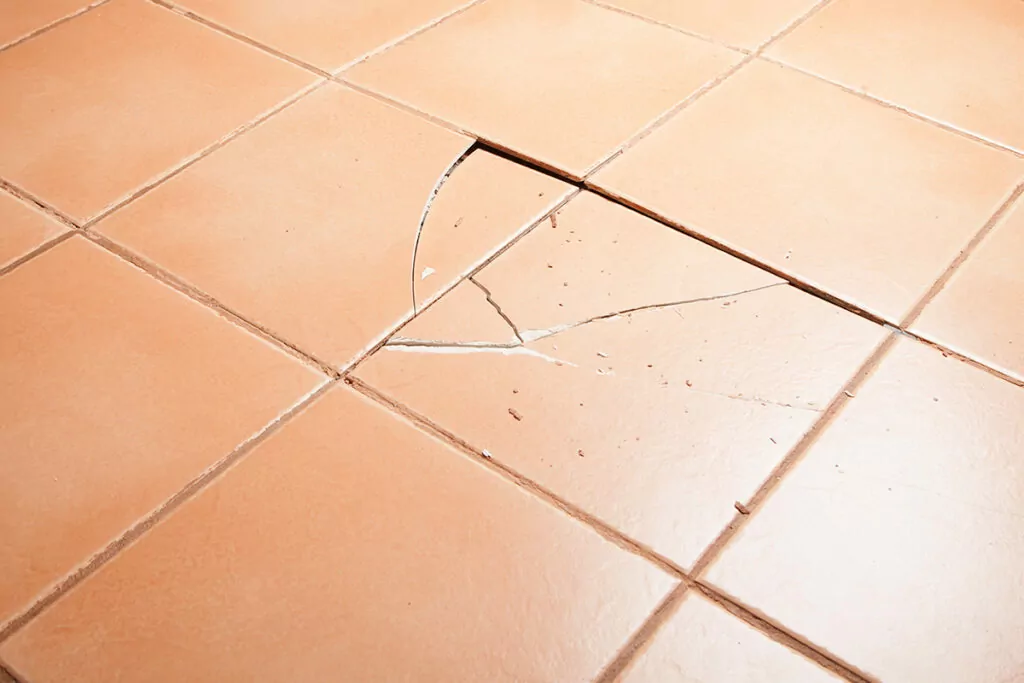In the winter months when temperatures drop below zero, your pipes are at risk of freezing if they’re not insulated properly. Freezing pipes can cause a serious leak or flooding, especially if you’re not at home to turn your water off. Get the lowdown on frozen pipes and try these 5 simple steps to prevent your pipes from freezing and avoid a cold weather catastrophe.
Why are frozen pipes an issue?
Frozen pipes can cause big problems for both your home and your bank balance. They can stop your heating and hot water from working and they can even burst, leading to leaking and flooding which can cost thousands to repair. So if you think your pipes have frozen over, you’ll need to act fast to prevent any serious damage.
Should I turn off the water supply if pipes are frozen?
The first thing you should do if you have a frozen pipe is to turn off the water supply at the stopcock. Most stopcocks are fitted under the kitchen sink or in a cupboard and close by being turned clockwise. You’ll need to turn off your central heating as well, and it’s important not to turn them back on until a plumber has fixed the issue. You should also turn on all your taps and drain out any water sitting in the pipes to prevent flooding. The faster you act, the less damage will be caused, so try to move as quickly as possible once you’ve noticed a frozen pipe.
Same day Taskers are on hand to help. Find a plumber near you.
5 Tips to prevent pipes from freezing
Follow these 5 simple steps to help prevent your pipes from freezing
1. Run water through the pipes
If you have pipes that you’re worried might freeze, regularly run water through the taps attached to them. Even if it’s just a drip, it will release pressure from the pipes and prevent them from bursting.
2. Keep doors closed
Minimise draughts from outside by making sure doors and windows are closed to unheated parts of your home. Closing curtains and blinds in the evenings can help to keep the heat in too.
3. Keep your house warm via the thermostat
Keeping the heating on can feel like an unwelcome expense, especially with the rising cost of living, but in the long run it’ll save you having to shell out for repairs after a frozen pipe incident. Setting your thermostat to low during the day and night, as well as when you’re away, should provide enough heat to keep your pipes warm and free from freezing.
4. Add insulation to your pipes
If your pipes are located outside or in colder areas of the house like the garage or the attic, you’ll need to lag them to prevent them from freezing. Lagging means insulating water pipes with foam tubes, and you can find lagging material in most DIY stores.
Hire a Tasker to lag your pipes.
5. Seal up any holes and cracks
Another way to prevent cold air from freezing your pipes is to seal up any gaps around doors, windows and skirtings as well as where pipes run through walls or floors. There are a few ways to block the gaps, from draught excluders to sealant and fillers.
Hire a Tasker to draught-proof your home.
How to insulate pipes
What you’ll need to insulate your pipes
- Pipe insulation or lagging material, AKA foam tubes
- Duct tape
- Utility knife to cut your insulation down to size
- Tape measure to measure the length of your pipe
- Pen and paper to note down measurements and dimensions
Start by measuring your pipe to make sure you have enough insulation. Position the insulation lengthwise along the pipe and pry open the pre-marked split, sliding the sleeve onto the pipe. Seal the sleeve over the pipe, either with duct tape or a self adhesive strip integrated into the sleeve. If you’re covering a part of the pipe where it turns a corner, use a mitre box to cut the sleeve at an angle that will allow it to fit round the corner. Butt the two pieces of insulation as close together as possible and join them with duct tape to avoid any heat loss.
How to thaw frozen pipes
If your pipe has frozen, you’ll need to thaw it out to get the water running again. Start with the end nearest to the tap and apply a hot water bottle or a towel soaked with warm water. Never use boiling water as this can cause the pipe to burst. You can also try a hair dryer on its lowest setting. Move slowly along the pipe and don’t stop heating it until your water pressure is fully restored. You can find more about how to safely thaw out a pipe here. Alternatively you can hire a Tasker to thaw out your pipe for you.









